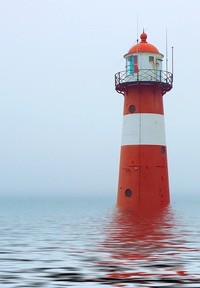Iberian FWC
The Iberian case study is consumption-defined - so the main focus of the case study must consider final products as end-users know them for wood-based, fibre-based and bioenergy goods. The consumed wood-based products for Iberia are specified and the FWCs needed for their production are followed backwards to the forest resources. This is as opposed to the case studies for Baden-Württemberg (region-defined) and Scandinavia (forest-defined).
At a later stage it has been decided to include only fibre-based products in the case study. Selected products will represent a significant coverage of the Iberian market for each FWC (range 60-80% of final consumption). Analysis in a backwards process will be developed for understanding the implications of selected final products on intermediate products and processes for industries and forest resources. The ultimate aim of the Case Study is to be useful for ToSIA development, so data and indicators are to be checked for working under ToSIA requirements. Conclusions and implications should tell about ToSIA actual possibilities with available data in a large proportion of market segments.
The consumption scenario is implemented as a case study in Iberia; the case study takes into account both positive and negative developments of newspaper consumption. The negative scenario describes a possible development of increased use of electronic media to gather news and personalised newspapers for those people that can afford them, reducing the newspaper consumption by 25% in 2015 and 50% in 2025. The positive scenario describes a possible situation in which the newspaper industries deliver high quality, individualised newspapers. Increased numbers of educated people demand more newspapers that are regarded as exclusive traditional products. In this scenario newspaper consumption increases by 25% in 2015 and by 50% in 2025.

